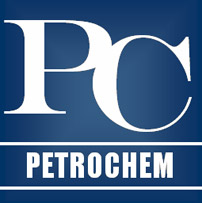Positive Material Identification
PMI is an on-site examination of security-relevant components in regard to the used material (especially in the field of metal structures). It’s on spot, non-destructive and verifies the compliance of the chemical composition of the materials used. Instead of relying on certificates of composition, regulations force many plant operators to check all the materials used.
PMI analyzers come in a variety of shapes and sizes, from mobile to handheld, and allow operators to verify the safety of their equipment, or the exact composition of the materials they make use of with complete confidence.
PMI allows a user to verify that the alloy used is as specified, check if the grade is as expected. This is of central importance to ensuring resistance to heat and corrosion, weld ability, and durability to ensure safe practices.
X-ray fluorescence or XRF is an analytical technique that has been used for many years to determine the elemental composition of a wide variety of materials. Examples include metal alloys, minerals, and petroleum products.
X-rays form part of the electromagnetic spectrum. They are on the high-energy side of ultraviolet, and are expressed in terms of their energy in kilo electron volts or wavelength in nanometers.
XRF can typically analyses elements from sodium to uranium in concentrations ranging from parts per million to high percent, in solids, liquids, and powders.
Optical emission spectroscopy, or OES, is a well trusted and widely used analytical technique used to determine the elemental composition of a broad range of metals.
The type of samples which can be tested using OES include samples from the melt in primary and secondary metal production, and in the metals processing industries, tubes, bolts, rods, wires, plates, welds and many more. The advantage of OES –PMI is that it can analyze light elements such as carbon, which is not possible with XRF
